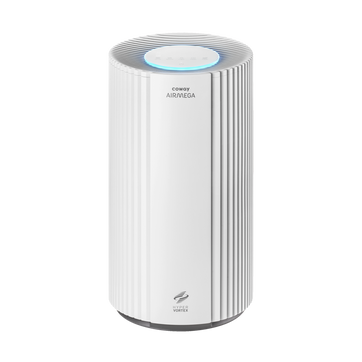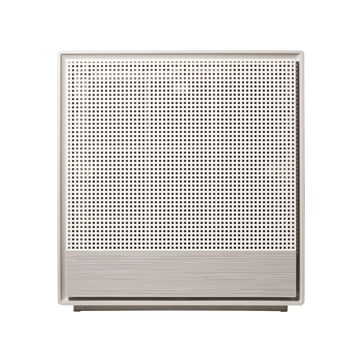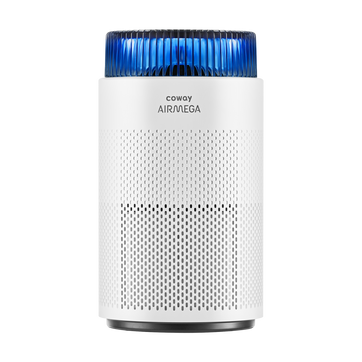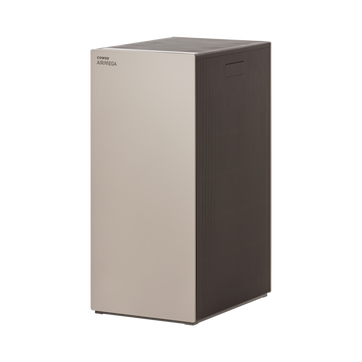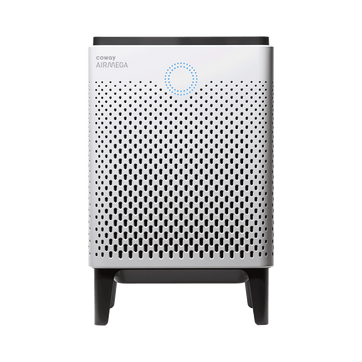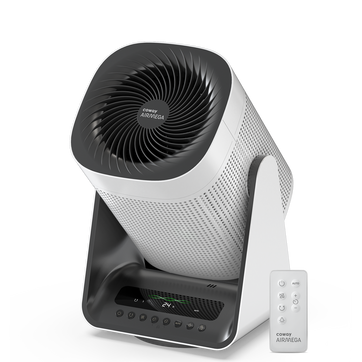
The connection between air pollution and dementia
You probably know that inhaling air pollution increases your risk of respiratory and cardiovascular conditions like asthma, lung cancer, and heart disease. Now new research indicates a possible connection to brain diseases like dementia, as well.
Though a causal connection is yet to be established, the suspected link between dementia, which includes Alzheimer’s disease, and poor air quality hinges on the size of the pollutant air particles. In general, the smaller the particle, the more harmful it is to inhale.
How these ultrafine particles attack the brain, scientists aren't sure, but a study using lab mice at the University of Southern California found that these tiny particles can penetrate a mouse’s nasal cavities and reach the brain by traveling over neurons. This caused several inflammatory reactions—including the release of “tumor necrosis factor a,” which is found in higher quantities in the brains of humans with Alzheimer’s, as compared to those without. Similarly, a study of demented dogs in Mexico City found that they more often lived in polluted areas of the city and that their brains showed higher amounts of protein amyloid, the “plaque” associated with Alzheimer’s disease.
Other epidemiological studies examined humans with heavy exposure to microscopic airborne particles to assess the link between air quality and brain health. A review of 18 long term studies from multiple countries indicated an association between high exposure to one component of air pollution and a symptom of dementia. Similarly, an imaging study found a correlation between people who live near a major highway, with higher exposure to air pollution, and decreased brain volume. A third study of elderly women found that the total volume of white matter in the brain decreased with exposure to ultrafine particles. As these studies relate to indoor air quality, oil, gas, firewood, and cigarette smoke all produce ultrafine particulates that can be inhaled.
Again, these are not controlled studies in clinical conditions, and some people may be more susceptible to dementia than others based on genetic risk. But the evidence linking air pollution, ultrafine particles, and dementia is certainly compelling.
Disclaimers
1Coway air purifiers has been proven to trap dust, pollen, dander, viruses and bacteria in the air based on KCL (Korea Conformity Laboratories) testing.They have been tested in a 30㎥ size chamber according to the Korea Air Cleaning Association standard (SPS-KACA 002-132:2022 Modified) to measure the 0.01㎛ size of particle removal rate. It was tested on maximum airflow speed in normal room temperature and humidity conditions. The performance may vary in the actual living environment of customers.
→ Tested with Airmega Aim, 150, 160, AP-1216L, AP-1512HH, AP-1512HHS, 200M, Icon, IconS, 230, 240, 250, 250 Art, 250S, 300, 300S, 400, 400S, ProX
299.97% of viruses, bacteria, fungi and pollen were verified to be removed from the air for Coway air purifiers which have Green True HEPA™ filter applied based on the Japan Food Research Laboratories(JFRL) testing according to JEM 1467 standard.
→ Tested with Coway Airmega AP-1512HH, AP-1512HHS, 250, 250 Art, 250S, 300, 300S, 400, 400S
→ All tested by JFRL and received above result within below time.
All tested by JFRL and received above result within below time.
- Virus: Tested with Escherichia coli phage ΦX174 NBRC 103405, 60 minutes
- Bacteria: Tested with Staphylococcus epidermidis NBRC 12993, 60 minutes
- Fungi/Mold: Tested with Penicillium citrinum NBRC 6352, 60 minutes
- Pollen: Tested with Cedar Pollen extract, 60 minutes
3Aerosol test conducted in a Biosafety level 3 laboratory with two Coway air purifier models, Coway Airmega 250 and 400 for removal of SARS-CoV-2 Aerosol by US based MRI Global, a not-for-profit laboratory and partner of US Department of Defense. The test was conducted in a 13.1ft3 chamber. Virus was aerosolized for 15 minutes and the product was turned on high for 2 minutes. Result showed each product effectively removed over 99.98% of the SARS-CoV-2 in 2 minutes. This is a result from a laboratory experiment condition and result may vary in different conditions. This result does not imply it kills SARS-CoV-2 or prevents the transmission of Covid-19. Coway Airmega 250S and 400S are identical to the tested models and has equal performance with an additional mobile connectivity function.
4The concentration of ammonia, acetaldehyde and acetic acid were proven to be removed within 30 minutes by FCG Research Institute, Inc. Human Life Science Lab. It is not a demonstration result in the actual use space. Not all odors and gases may be supported. → Tested with Coway Airmega 150, 160, AP-1512HH, AP-1512HHS, 400, 400S
5The coverage area of the air purifier is based on an area where the air cleaner can make two air changes per hour (ACPH). An air change per hour translates to how many times an air purifier can clean an area, assuming the height of a ceiling to be 8 ft, in one hour. Therefore ** means two air changes per hour means that the cleaner can clean the area once every 30 minutes and * means air changes per hour means that the air purifier can clean the area once every 60 minutes.
10Terms and conditions apply. Discounts, including promotions, coupons, bundle discount and subscription discount, cannot be stacked on top of other coupons. During promotional periods, discount codes will not be able to be applied to orders. Promo codes may apply to products only—filters, accessories, and new products within 3 months of the release date are not included.
